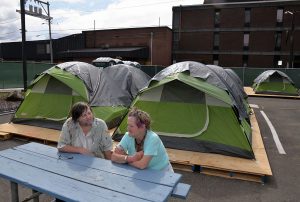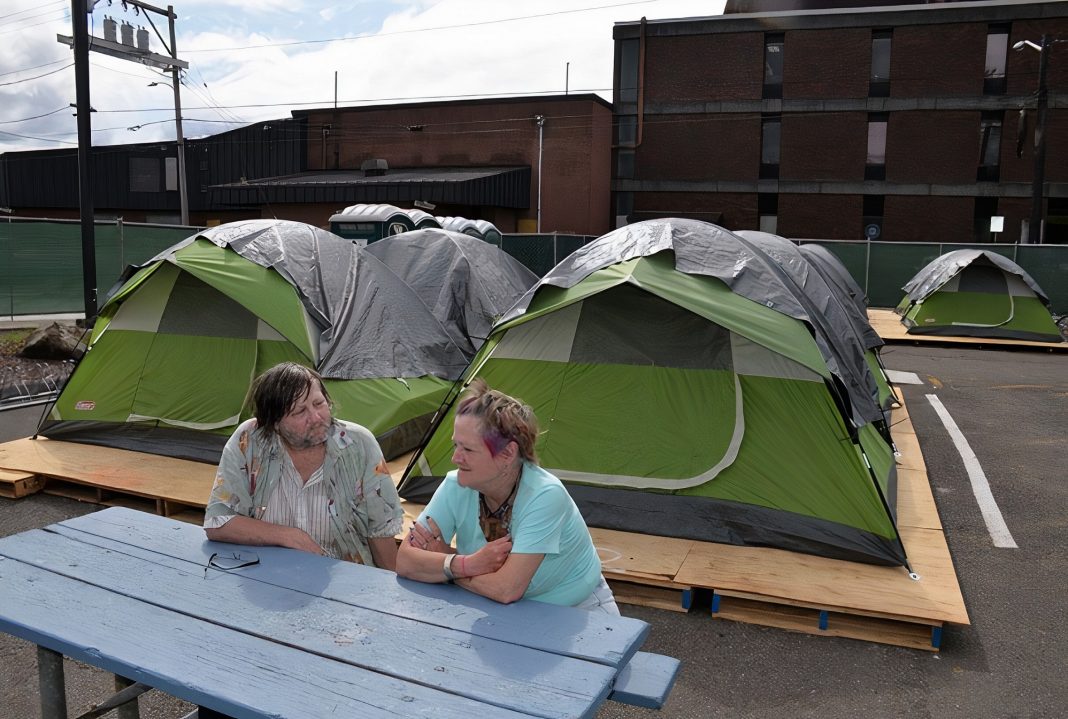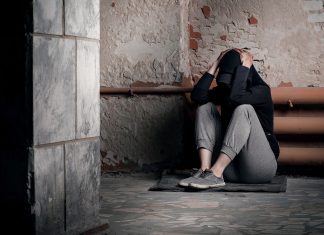Daily life provides extra hurdles for our region’s unhoused population. A recent HUD study found this population rose 6.2% between 2019 and 2020 in Washington State alone. The nonprofit organization Coastal Community Action Program (CCAP) works with these individuals to find shelter, resources, employment and care services using a cutting-edge program called Pathways.

Pathways is “an evidence-based software tool we use to improve homeless housing services to people in Grays Harbor County,” says CCAP CEO Craig Dublanko. These pathways, of which there are 20 in all, compromise a “holistic approach” that can include transportation, helping pay bills, substance abuse and mental health treatment and finding a primary care physician.
After CCAP’s devastating fire in 2018, Dublanko and his team realized that “we needed to rebuild the homeless housing program from scratch. Right before the fire a new hire asked, ‘What is our tool we us to help the Care Coordinators be good at their job?’ but there wasn’t really one at the time. They really just paid rent for folks.” Staff attended a homeless housing conference and realized that no other agencies were using a tool in the state of Washington.
Homelessness Program Implemented in Grays Harbor
But, somewhat serendipitously, the month after the fire there was a Pathways training course and that same staffer attended. Almost immediately he contacted Dublanko and said, “This is the Holy Grail.” Pathways helps streamline the many disparate needs in overcoming homelessness and allows us to pair it with Medicaid as a payor for case management services for the homeless. By integrating it from day one of their rebuild, CCAP crafted the first of its kind Pathways-based, Medicaid-billed program in the state.
Many visiting agencies admit that integration of Pathways would be ideal in their cities but have no idea how they’d implement it “since the train is already in motion,” says Dublanko. “The fire stopped our momentum and allowed a complete and easy transition opportunity.”

CCAP’s primary focus with the Pathways tool is finding and maintaining permanent housing. This is defined as being stably housed for more than 30 days. By accessing government monies, grants and other funding sources, CCAP does more than just “house and hope,” says Dublanko. “92% of people who come through coordinated entry in our region are Medicaid eligible.” They guide clients through the coordinated entry system which puts individuals into the statewide resource pipeline.
Coordinated entry is a standardized risk assessment system where those in the highest danger get the available help. Regionally, it can take two to three months just to receive an appointment to be entered into the system. In most places, low risk clients who are processed through coordinated entry are then simply waitlisted for potentially life-changing services.
At CCAP, everyone starts going through Coordinated Entry and then by being assigned a Care Coordinator. If they qualify for rent funds from the government—which often equals only 25% to 30% of applicants—they can begin working towards permanent housing. But even if they don’t qualify for rental funds, they continue working with Pathways and their Coordinator as long as needed.
Statewide, 43% of people working with a homeless housing program find permanent housing. For CCAP, that number nearly doubles to 83%. “The difference is two-fold,” says Dublanko. “We have a tool, and we hired a bunch of staff to maintain the program.”
Grays Harbor Homeless Housing Services and More

Unfortunately, there just isn’t enough to go around. In Aberdeen, for example, “they get 100 people a month who apply for coordinated entry,” says Dublanko. “25 get rent, 75 historically got sent away with a warm hug.” “We now are able to work with 100% of the households that come through coordinated entry, whether they get a rental slot or not.” We are seeing exits to permanent housing for clients with no rent subsidy at over 50%. We are using the pathways tool to solve areas of the client’s lives that are contributing to their homelessness and working with the client to solve them. The state tracks how long someone has been house-less when recording who has moved into permanent housing. The statewide average is 157 days but in rural Grays Harbor, the average is a whopping 253. “Pathways means folks are ahead of the game when a rental spot finally opens up,” says Dublanko.
CCAP’s current caseload is approximately 900 individuals. Of those, many are housed while the rest are working with their Care Coordinator to find housing. Care Coordinators manage approximately 35 clients each. Since the rollout of Pathways, Grays Harbor area emergency room visits by homeless patients is down 20% thanks to the Pathways tool and the tireless work on all aspects of an individual’s need by both the client and their Care Coordinator.
Outside of Pathways based Homeless Housing Services, CCAP offers housing and emergency services, employment support, housing assistance, transportation, home care and community services. Their goal is to work with low-income folks to break down barriers and find economic stability. They are currently renovating Aberdeen’s Bank of America building into a LEED silver certified hub of information, assistance and community.
To find out more about their influence, impact and outreach, follow CCAP on Facebook or sign up for their newsletter which is coming soon. It can be exhausting having to juggle all the details of daily life. But when you’re unhoused, without reliable shelter, warmth, utilities or internet, that becomes nearly impossible. Thanks to CCAP and their creative use of the Pathways program, more Grays Harbor residents can find a stable place to call home.
Sponsored














































